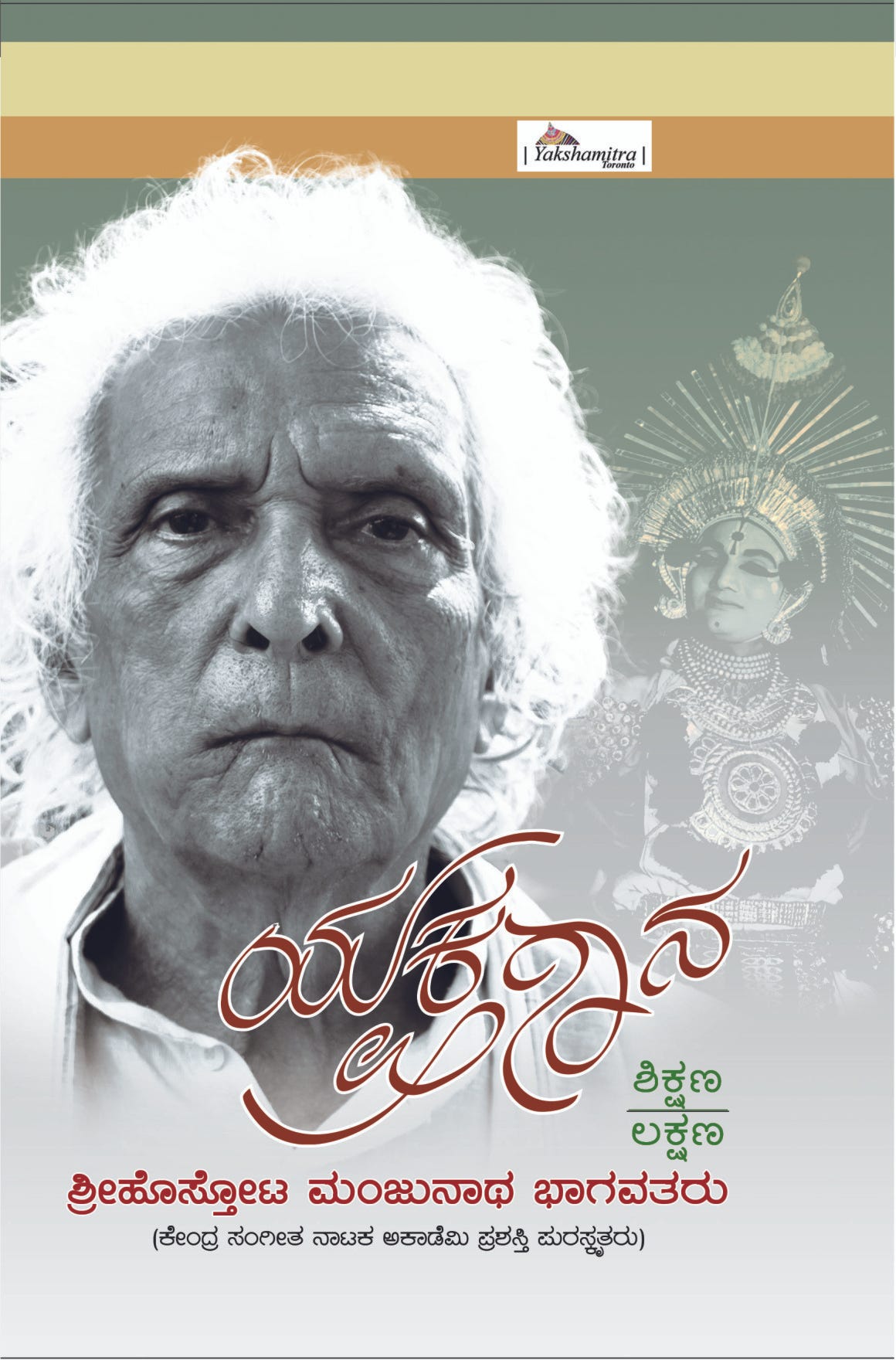Yakshagana is one of the earliest forms of theatre in all of India in a language other than Sanskrit. We influence each other there is no point in squabbling.
--Encyclopedia of World Drama
Karki Yakshagana group which toured Maharashtra in the mid-19th century has the credit of inspiring Marathi theatre. In 1842, Karki Mela (group) performed before the Rajasaheb of Sangli (Maharashtra State), who encouraged court artists to learn from the group acting and singing. This laid basis for Marathi Professional theatre.
---WikipediaThe first play in Marathi "Sita Swayamvar" was staged first in Sangli 1843 by Vishnudas Bhave.
---http://en.wikipedia.org/wiki/Vishnudas_Bhave
--Encyclopaedia of Marathi Literature
Historical themes entered its repertoire and later Yakshagana troupes started travelling and performing at places outside their original domain. One such mela (troupe) journeyed as far north as Pune and, incidentally, formed an impetus for the beginning of modern Marathi theatre.
--Sangeetha Nataka Academy Website --Eencyclopaedia of Indian Literature
"Influenced by Yakshagana, the traditional dance drama of rural Karnataka, the Marathi drama achieved a clear regional form by the middle of the 19th century. "
--http://www.indianetzone.com/2/marathi_drama.htm
I am not making any claims (Yakshagana being old is an obvious one)! I am merely reproducing some of the references. This should not leave doubt in any ones minds.





